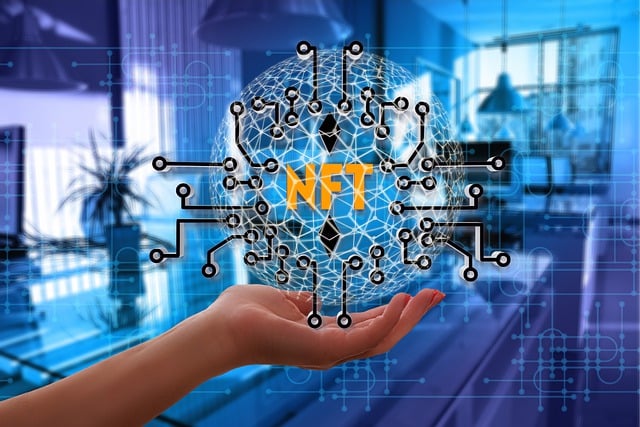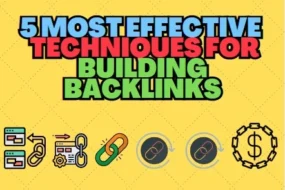
NFT stands for Non-Fungible Token. Non-fungible means that something cannot be exchanged for another item because it’s unique. For instance, one piece of art is not equal to another. Both have unique properties. On the other hand, fungible items can be exchanged for one another. For instance: one dollar or Bitcoin is always equal to another.
What is an NFT?
NFTs are tokens that live on a blockchain and represent ownership of unique items.
Why is that useful?
Tracking who owns a digital file is tricky because it can be copied and distributed effortlessly. So how can you prove who the original owner is when everyone has an identical file copy? NFTs solve this problem. Imagine that you made a piece of digital art, essentially a JPG, on your computer. You can create or mint an NFT out of this.
The NFT that represents your art contains some information about it, such as a unique fingerprint of the file, a token name, and a symbol.
This token is then stored on a blockchain, and you, the artist, become the owner. Now you can sell that token by creating a transaction on the blockchain. The blockchain makes sure that this information can never be tampered with. It also allows you to track who’s the current owner of a token and for how much it has been sold in the past.
token by creating a transaction on the blockchain. The blockchain makes sure that this information can never be tampered with. It also allows you to track who’s the current owner of a token and for how much it has been sold in the past.
It’s important to note that the artwork itself is not stored within the NFT or the blockchain. Only its attributes, such as the fingerprint or hash of the file, a token name and symbol, and optionally a link to a file hosted on IPFS. Now here’s where NFTs become weird. You don’t get a physical copy when you buy an NFT that represents artwork.
 Most of the time, everyone can download a copy for free. The NFT only represents ownership, which is recorded in a blockchain so nobody can tamper with it. Some say that NFTs give you digital bragging rights. And to make it even weirder: while the token owner owns the original artwork, the creator of the NFT retains the copyright and the reproduction rights. So an artist can sell his original artwork as an NFT, but he can still sell prints.
Most of the time, everyone can download a copy for free. The NFT only represents ownership, which is recorded in a blockchain so nobody can tamper with it. Some say that NFTs give you digital bragging rights. And to make it even weirder: while the token owner owns the original artwork, the creator of the NFT retains the copyright and the reproduction rights. So an artist can sell his original artwork as an NFT, but he can still sell prints.
Aside from digital art, NFTs can also sell concert tickets, domain names, rare in-game items, real estate, and anything unique that needs proof of ownership.
For example, the founder of Twitter sold his first tweet as an NFT. Anyone can see that tweet on his profile, but now, only one person can own it. And that person paid over 2.9 million dollars for it. I could even make an NFT out of this video. You could then buy it and be the owner of this video, even though it’s free to watch for everyone.
Why are some NFTs worth millions?
Well, their worth is determined by what people are willing to pay for it. If I’m willing to pay a hundred dollars for a particular NFT, it’s worth a hundred dollars. Prices are driven by demand, so be careful because an expensive NFT becomes worthless if nobody wants to buy it. 
NFTs are smart contracts that live on a blockchain. In this case, the contract stores the unique properties of the item and keeps track of current and previous owners. An NFT can even be programmed to give royalties to the creator every time it exchanges hands.







